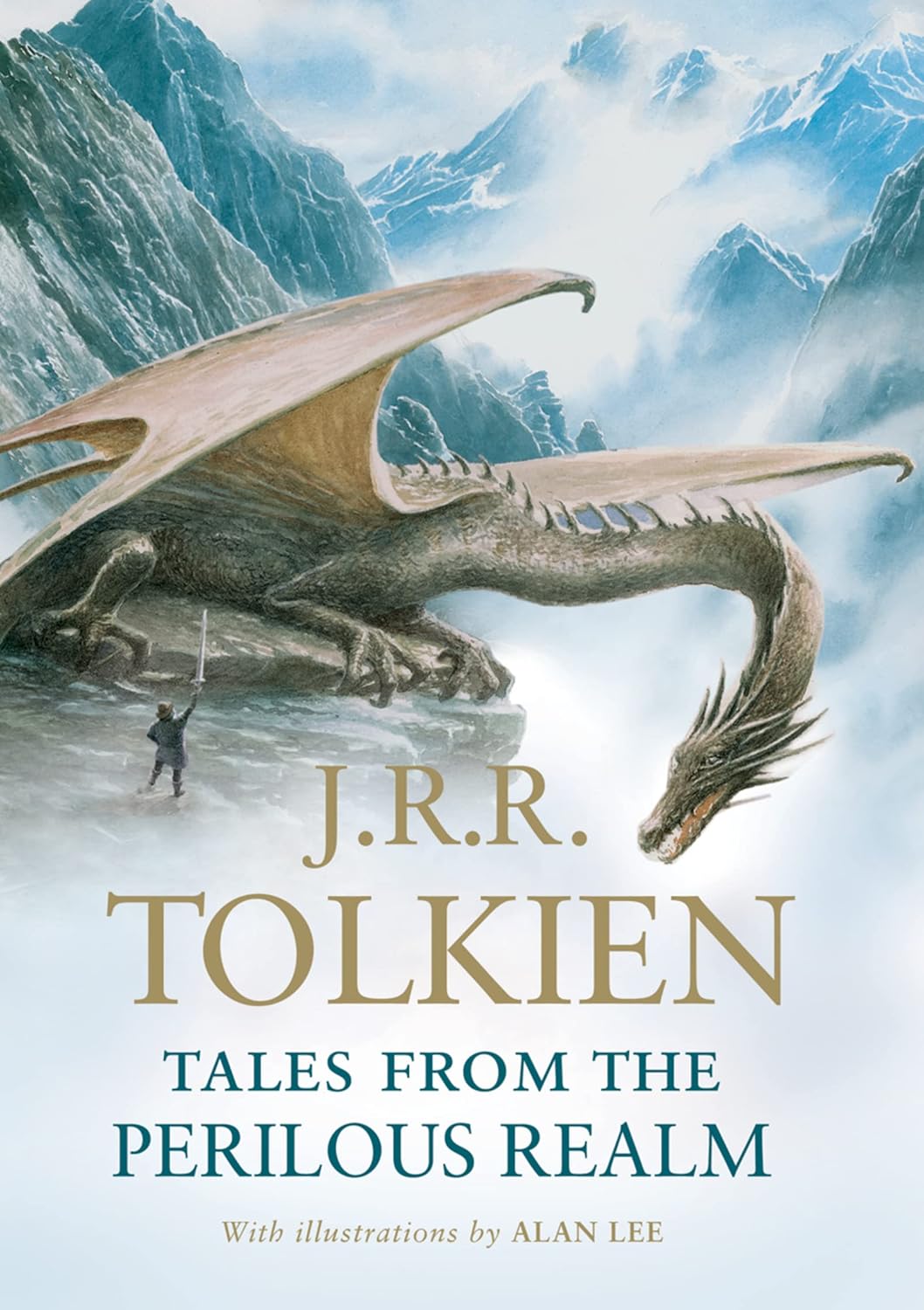Letters  Back to results
Next
Previous
Back to results
Next
Previous
Next Previous
 Back to results
Next
Previous
Back to results
Next
Previous
TCG Letter #1995
From
Rayner Unwin
To
[Booksellers and Press]
Date
October 1986
Type
Press Release
Transcript
Complete
This open letter from Rayner Unwin was sent to various booksellers and members of the press, outlining the planned marketing blitz that would be coming in 1987 to celebrate the 50th anniversary of the publication of The Hobbit.
THE fiftieth anniversary of the publication of J.R.R. Tolkien's The Hobbit will be celebrated in March 1987 and throughout the rest of the year, but for me the anniversary is now. On 30 October 1936 I had just supplemented my pocket money by reading and reporting on the manuscript of a book called The Hobbit. My father believed that children were the best judges of children's books and one shilling was his standard fee. I liked this particular book, and although my report was not a model of perceptiveness (I conceded, with the superiority of a 10 year old, that the book 'should appeal to all children between the ages of 5 and 9') it was good enough to ensure publication, and the reader's fee was probably the best investment my father ever made.
From the start, The Hobbit was a success; not such a runaway success as it has subsequently become, although there were two reprints before and during the war. It was after 1945, and especially after The Lord of the Rings was published in 1954/5, that the number of reprints escalated. It is hard to calculate how many copies have been produced to date - 8 million in English alone is an informed guess - and there have been editions in some fifteen languages.
The word 'Hobbit' started life as a scribble in the margin of an exam paper that Tolkien was correcting, and has become so much a part of the language that it now has its place in the Oxford English Dictionary. The book itself is generally accepted to be a classic; one of those rare children's books (pace my original comment) that adults are not ashamed to be found reading. Over the years Bilbo Baggins has manifested himself in a variety of media - on radio and film, as figurine and jigsaw, in theme park and restaurant. Fan clubs have sprung up in many countries, each publishing its own journals, replete with technical observations by dermatologists about the hair on hobbits' feet, recipes for their favourite meals, or speculations about why the author insisted on spelling the plural of dwarf as 'dwarves'. A crop of children are now growing up with strange Christian names, derived from their parents' devotion to characters in The Hobbit, and living in houses called 'Rivendell'.
In the end, it is the book itself that matters most, and there are not many books - let alone 50-year-old books - that provoke such popular manifestations. It is indeed a very remarkable book - a splendid, original story, witty, exciting and imaginative in its own right, and fundamental to the unsuspected potency of Gollum's Ring. Without The Hobbit, the infinite complexity and riches of Middle-Earth might never have been revealed. Yet, for many readers, this deceptively simple story, written for his own children's winter 'Reads', is Tolkien's greatest achievement of all.
Rayner Unwin
October 1986
Next Previous





 4306
4306 1.95M
1.95M